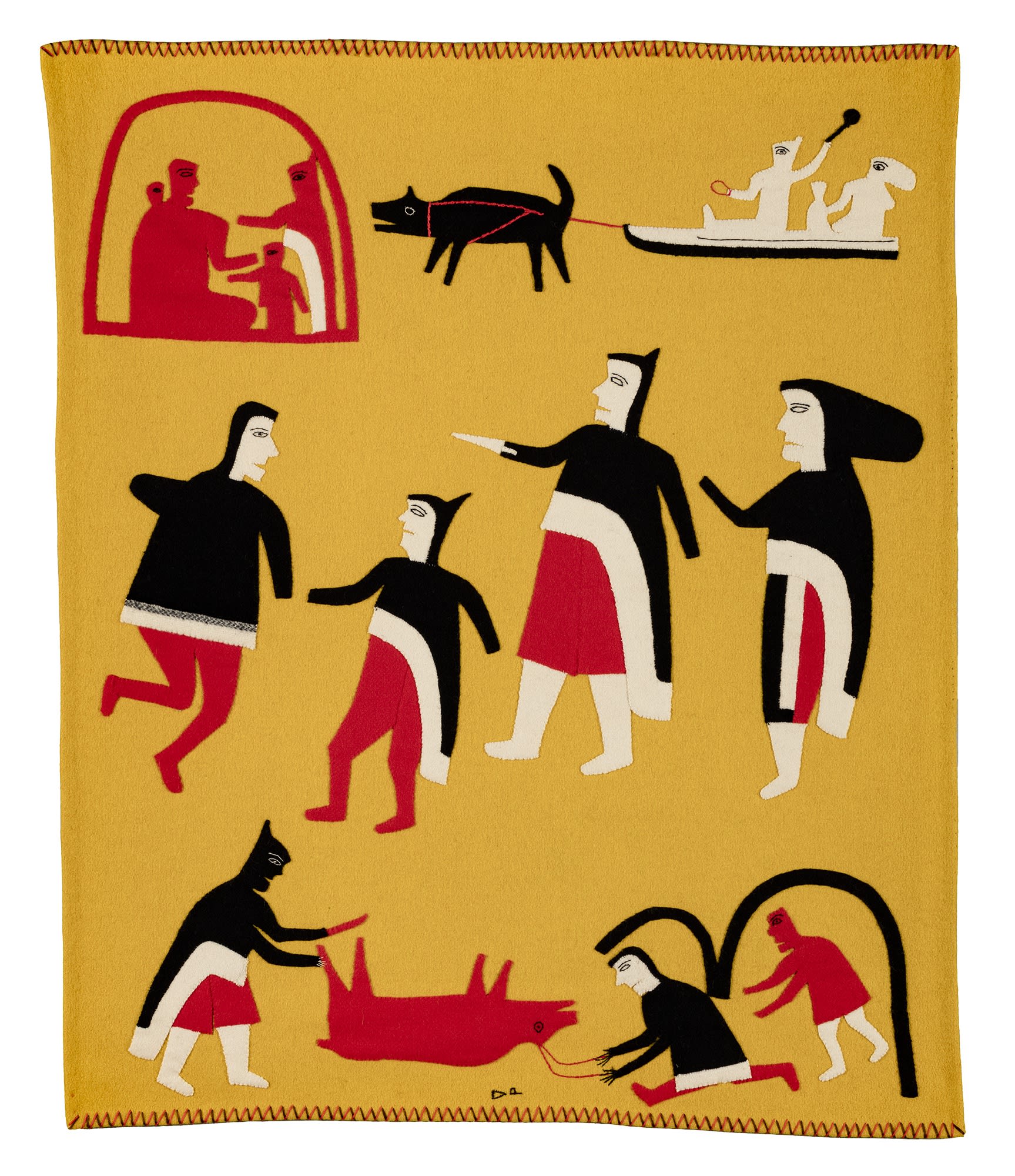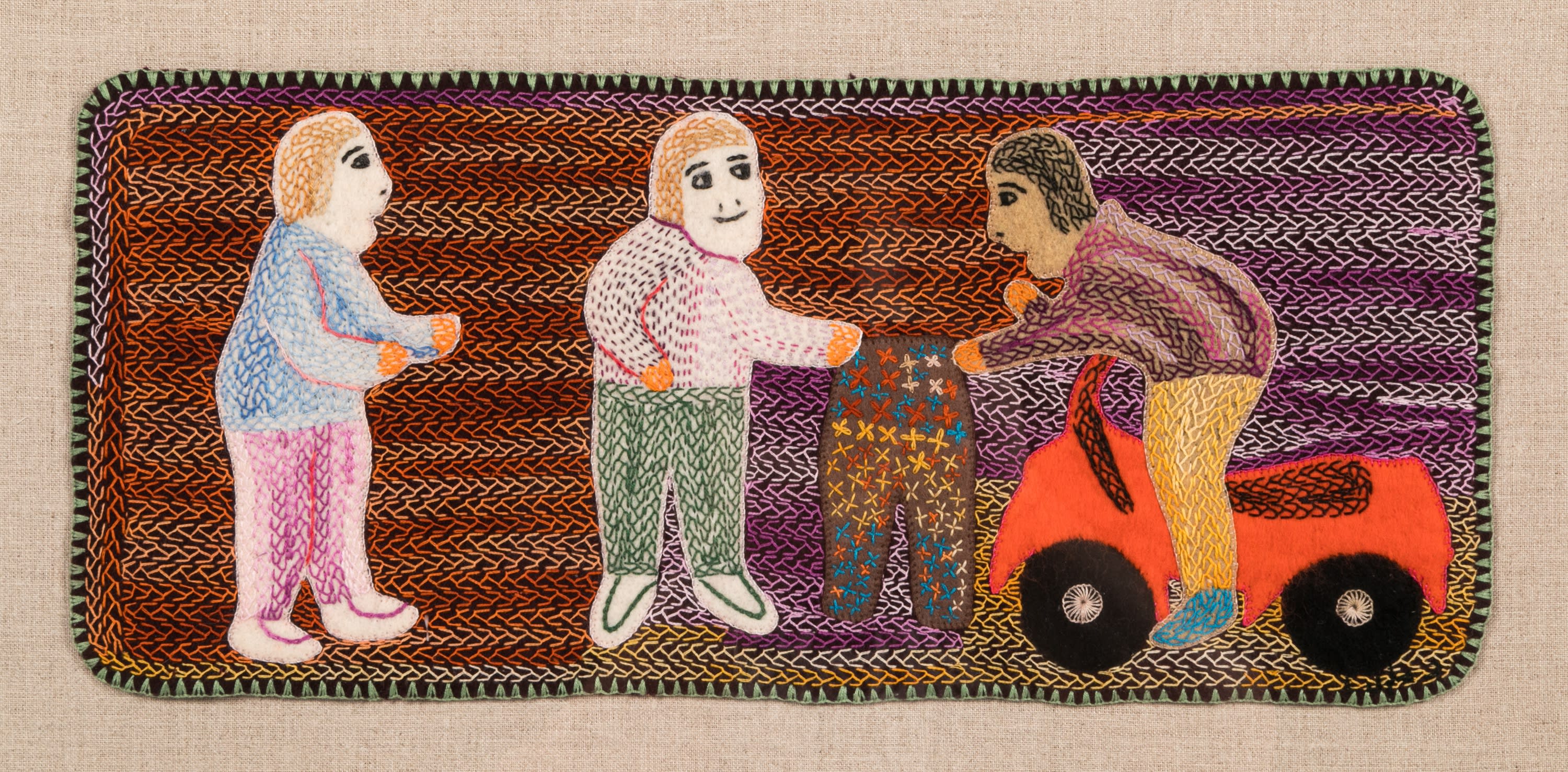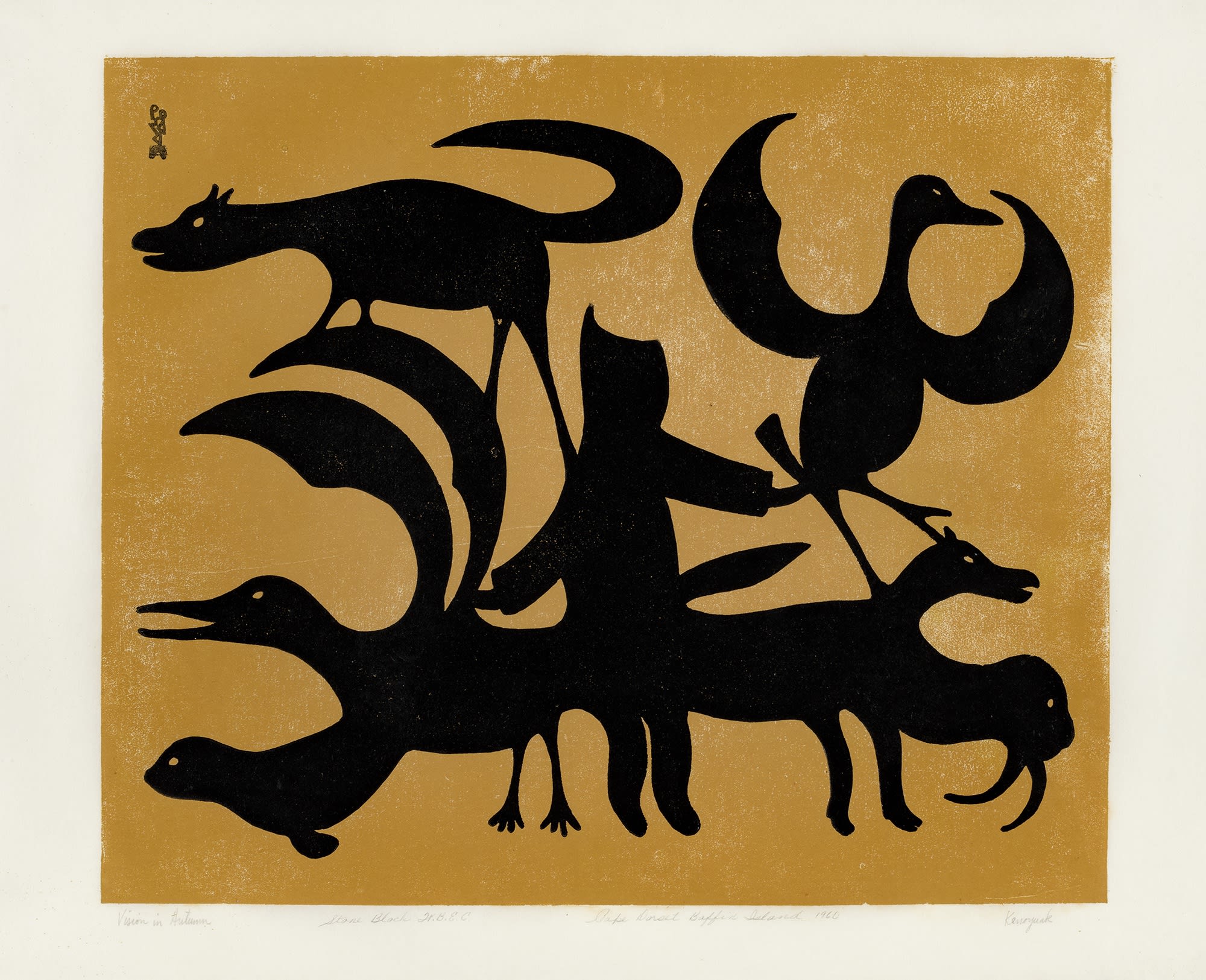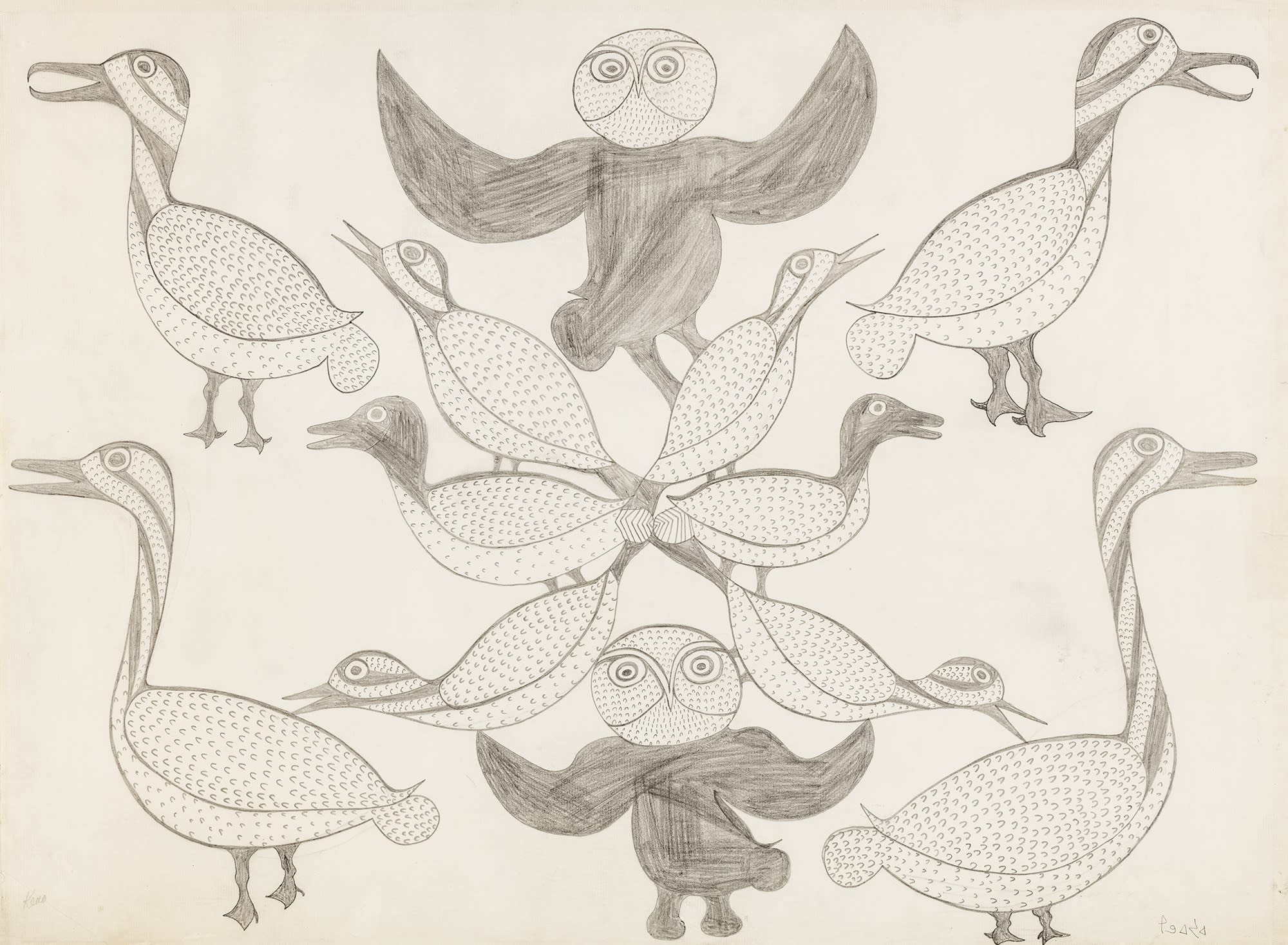I know I’m sometimes guilty of weaving personal stories a little too closely into my writing about art, but honestly, I don’t know how else to approach it. If that resonates with you, I’m glad. And if not, I hope you’ll forgive the indulgence.
As I’ve mentioned elsewhere, I collect oddities — curious things with stories to tell.
But I also collect mentors. People whose thinking, generosity, and rigour have helped shape how I see the world. In their own way, they’re just as rare.
One of the great appeals of joining First Arts was the chance to work alongside the existing partners, not only because of their formidable reputations but because their work loomed large and structured the backdrop of my early career. They were fixtures in the field I was entering.
When the possibility of joining the firm first came up, I found myself remembering Mark — jovial, sharp, witty, and forever swaying while making catalogue notes with his glasses perched on his forehead.
I remembered Pat. Always elegant and self-assured, she entered the room like royalty. I admit that she intimidated me, at first, until we spoke and I discovered a deep well of generosity, warmth, and humour [1].
Of course, I was excited to learn from them. After all, learning never stops over one's career, and I have, without doubt, learned a great deal from each of them.
But what I was, perhaps, most excited for was their stories. Stories are another thing I collect.
I love a good past-tense anecdote. I love hearing about the old vernissage days. About the queues that stretched down the block. About who went where once the lights dimmed to celebrate a successful show. About who couldn’t get their pants off in time trying to wiggle out of the snow house entrance.
So, with that in mind, I posed a few questions to my partners, part oral history, part friendly interrogation, and I’m pleased to share their answers with you here.
And for anyone wondering what it’s like now that we’ve all worked together for some five years: Mark is still as witty and charismatic as ever, still swaying and taking notes. Pat remains warm and generous with her time and is, somehow, even funnier than I’d expected.
1. I should also note that I remembered Ingo, whose writing I once studied as closely as the works he brought to life, and whose insights I eagerly sought out. I was probably a bit overeager in those early days, but he always made time, responding with thoughtfulness and generosity. Out of respect for his time and new priorities in retirement, I’ve chosen not to ask him to contribute to this spotlight. And for those wondering, he remains one of the voices I still carry with me when writing.
Looking Back with Mark London

VICTORIA MAMNGUQSUALUK
Untitled (Inuit and Animals), c. 1990
wool duffel, felt, embroidery floss, and cotton thread, 26.75 x 38.5 in (67.9 x 97.8 cm)
CAD 1,500
Nadine: Mark, we talked once about you being a young man visiting Canadian Arctic Producers. Can you tell me about your early visits to CAP? What do you remember most vividly about those trips?
Mark: It all started when I was very young. My late mother started dealing in Inuit art when I was around 6 or 7 years old and she used to bring me along during her day trips to the Canadian Arctic Producers showroom which was in Ottawa back in the day. Although, I'm sure, at first she only had me tag along because she couldn't find a sitter, I showed so much interest in the works on display that she brought me along on subsequent visits as a treat. I do remember one time when the manager scolded my mother saying something like "this is no place for children" and within moments he knocked over and damaged a large sculpture!
N: Do you remember what it was like seeing the wall hangings for the first time? What struck you about them then?
M: If I recall correctly, there were sliding panels that were hung floor to ceiling with magnificent textile works primarily from Baker Lake. These visits corresponded to the “golden days” of Qamani'tuaq works on cloth. The colours and the imagery were amazing.

JESSIE OONARK
Untitled (On the Land), c. 1967-68
stroud, felt, and cotton thread, 33.5 x 28 in (85.1 x 71.1 cm) signed, "ᐅᓇ".
CAD 21,250
N: I’d love to hear your impressions of Jessie Oonark’s work in those early years. What was the impact like, in the moment she gained traction?
M: To be honest, I didn't really focus on individual artists until I was in my late teens or early twenties so by the time I became more aware of Oonark she was already deservedly famous. Oonark died in 1985 shortly after I finished university and began to work in the gallery. As such, most of my involvement with her work has been on the secondary market. I have owned a number of Oonark works over the course of my collecting career and, as a dog lover, her 1970 stencil "Dogs" is a personal favourite.
That may be one of the reasons I was drawn to this wall hanging in particular: there’s a dog pulling a sled in the upper section. But beyond that, the textile is a quintessential example of Oonark’s graphic brilliance: bold blocks of colour and striking figuration.

VICTORIA MAMNGUQSUALUK
Delivery of The Trousers, 2002
duffel, felt, and embroidery floss, 8 x 18.5 in (20.3 x 47 cm), framed
CAD 2,500
N: And what about Victoria Mamnguqsualuk? What do you remember about first encountering her work?
M: As above, I didn't specifically become aware of Victoria's works until the mid 1980s when I started to work full time in the gallery and became responsible for choosing which pieces to purchase for gallery inventory and which works to display, etc. Since then I have had a particular fondness for her works, as well as those of Irene Avalaaqiaaq.
Victoria’s textiles, especially the ones we have here, are just so full of story and character. There’s this great mix of warmth and narrative depth in her work that really pulls you in. I’ve always found that her textiles resonate with people who are drawn not just to the visual side of things, but to the stories behind them, both the cultural history, the lived experience.
Recollecting with Pat Feheley

KENOJUAK ASHEVAK,
Grand Dame, 2009 #9
etching and aquatint, sheet: 31.5 x 41 in (80 x 104.1 cm),
36/50
CAD 3,800
Nadine: What was it like getting to know Kenojuak Ashevak, not just as an artist, but as a person?
Pat: I met her first when I was young, visiting Kinngait with my parents so I really was not aware of her artistic success. She was always a sparkly person – mischievous and engaging eyes. Loved her children and grandchildren She, like a handful of other elders including Pudlo Pudlat, Kananginak and Qaqaq had that indefinable quality of pride, dignity, a sense of self – they knew who they were and were fully in command of themselves. A sense of humanity and dignity with no need for artifice.
That same presence is absolutely there in her work, especially in pieces like Grand Dame. That big, colourful owl, it’s such a fitting image. Regal, poised, watchful. It almost feels like a self-portrait of sorts, even if it wasn’t intended as one!

KENOJUAK ASHEVAK
Vision in Autumn, 1960 #21
stonecut, 19 x 24 in (48.3 x 61 cm)
a "Stone block W.B.E.C." proof, aside from the numbered edition of 50
CAD 12,500
N: How would you describe your relationship with her? Were there particular moments that stand out to you now?
P: It was very warm as she met me when I was young and I had the privilege of knowing her for over 40 years. She stayed with me in Toronto and though she was officially unilingual, she understood some English and through that and some sign language, we could communicate. Her constant good humour and sense of adventure was what really stood out for me. I think that sense of playfulness and experimentation comes through especially well in her early drawings. The one we’re showing here is a perfect example—symmetrical, assured, and so characteristic of her early graphic work. There’s a calm confidence to it, even in its simplicity.

KENOJUAK ASHEVAK
Composition (Two Owls with Birds), 1962
graphite on paper, 19.25 x 26 in (48.9 x 66 cm)
signed, "ᑭᓄᐊᔪᐊ"; inscribed in graphite by Terry Ryan, "KENO";
inscribed in graphite in an unknown hand, verso, "KENOJUAK / 1962 / TWO OWLS WITH BIRDS".
CAD 8,500
N: You spoke at her Governor General’s Award ceremony, is that right? What did that invitation mean to you and what was the day itself like?
P: It was the Governor General’s award which, because I nominated her, I got to introduce her. Jimmy translated by short remarks and we all had a fantastic time. I have good pictures of her with Michaëlle Jean.
It meant a lot to see her recognized like that, especially knowing where she started. I often think of prints like Vision in Autumn when I reflect on that moment, so much of her early work had same clarity and poise she brought to everything she did. Even then, in those early years, she was already speaking in a visual language that was entirely her own and decades later, being able to stand beside her while she was honoured for it felt like a full-circle moment.
